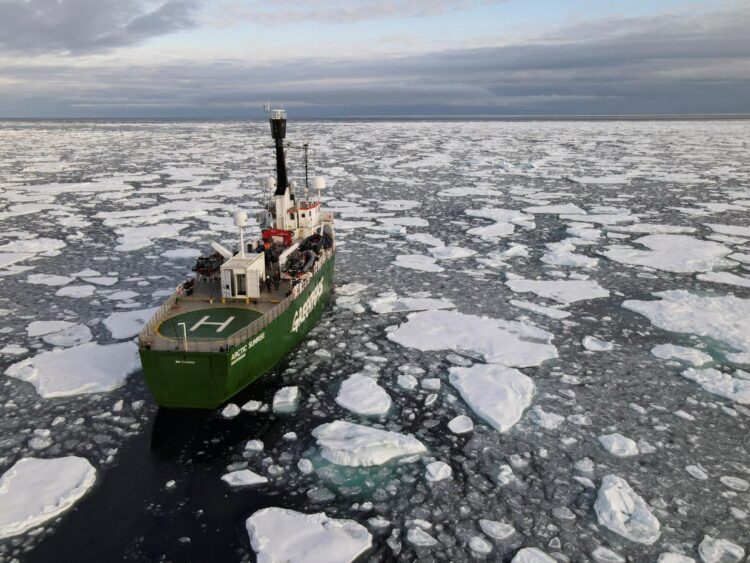On March 17, the centre in its attempt to combat the impending climate change disaster, released India’s Arctic Policy, with the aim of enhancing the country’s cooperation with the resource-rich and rapidly transforming region. The arctic region which is warming three times faster than the rest of the world becomes a crucial factor in the policy along with the general idea of climate change and protecting the environment in the region.
The policy that is unveiled by Earth Sciences Minister Jitendra Singh is titled ‘India and the Arctic: building a partnership for sustainable development, the policy is built on six central pillars — science and research, climate and environmental protection, economic and human development, transportation and connectivity, governance and international cooperation, and finally, national capacity building.
However, more than the idea of dealing with climate change the economics affected because of it is the urgency behind this policy. Apart from being rich in mineral and oil resources, the Arctic region is also particularly significant due to the many shipping routes that run through it. According to an analysis of the policy published by the Manohar Parrikar Institute of Defence Studied and Analyses, the adverse effects of climate change are not only impacting the availability of mineral and hydrocarbon resources but has become the reason behind transforming global shipping routes.
The policy points out the urgency behind formulating and arctic centric policy. One of the many reasons is the effect on the global temperature and weather which is quite evident in India. According to the report, During the monsoons, India receives over 70 per cent of its annual precipitation. India’s agriculture, which is the primary source of livelihood for about 58 per cent of India’s population and contributes around 20 per cent to the GDP is directly dependent on monsoons. The monsoon has been erratic in the past few years causing agricultural and livelihood losses.
Another reason is the rising sea level, from 1971 till 2019, the Arctic snow cover and the extent of Arctic sea ice have shrunk by 21 per cent and 43 per cent respectively, and all regions of the Arctic experienced a net loss of land ice. This land ice loss in the Arctic is a major contributor to global sea-level rise and it can have a significant impact on India, especially over its 1,300 island territories and maritime features. The predictions of coastal cities like Mumbai completely submerging underwater is already out.
The policy elaborates on the connection between the Himalayas and the Arctic. It says that though geographically distant, are interconnected and share similar concerns. The Arctic meltdown is helping the scientific community to better understand the glacial melt in the Himalayas, which has often been referred to as the ‘third pole’ and has the largest freshwater reserves after the North and South poles.
The policy also documents the history of India’s relationship with the region, which can be traced back to February 1920, when it signed the Svalbard treaty in Paris. In 2007, India launched its first scientific expedition to the Arctic. India has been contributing to various climate oriented developments like it being able to set up an observatory in Kongsfjorden and an atmospheric laboratory at Gruvebadet.

Though Since 2013, India has been an Observer nation in the Arctic Council, where it has consistently participated in meetings of Senior Arctic Officials and contributed to its six Working Groups, it had not defined a policy of actions for the region.
Under the banner of science and research, the Indian government hopes to build its research capabilities in the region by strengthening existing facilities, such as the Himadri Arctic station in Svalbard. It also hopes to align Indian research with international Arctic priorities. The policy further lays down plans to deploy space technology to better study the Arctic region.
Also Checkout: Thousands of Sri Lankans protest against the economic crisis in the country

















